Understanding Different Railway Rail Types, Profiles and Grades
Author:
CC
Mar. 06, 2024
193
0
0
Railways play a crucial role in global transportation, facilitating the movement of passengers and freight over vast distances. The rails upon which trains run are essential components of railway infrastructure, and understanding the different types, profiles, and grades of railway rails is vital for ensuring safe and efficient operations.

1. Types of Railway Rails:Railway rails come in different types, each designed for specific applications and operational requirements. The most common types of railway rails include:
Flat-bottom Rails: Flat-bottom rails are the standard type of railway rails used in most railway networks worldwide. They have a flat base and are secured to the sleepers or ties using fasteners such as spikes or clips.
Grooved Rails: Grooved rails feature a groove or flange on the top surface to accommodate the wheels of tramway or light rail vehicles. These rails are commonly used in urban transit systems and light rail networks.
Switch Rails: Switch rails, also known as point rails, are used in railway switches or turnouts to guide trains from one track to another. They have a specialized profile to facilitate smooth transitions between tracks.
2. Rail Profiles:Rail profiles refer to the cross-sectional shape of railway rails, which influences their performance, stability, and durability. The most common rail profiles include:
3. Rail Grades and Specifications:Railway rails are manufactured to specific grades and specifications to meet the performance and safety requirements of different railway applications. Common rail grades and specifications include:
American Railway Engineering and Maintenance-of-Way Association (AREMA) Standards: AREMA establishes standards and specifications for railway infrastructure components, including rails, ties, and fasteners, used in North America.
European Rail Standards (EN): The European Committee for Standardization (CEN) defines standards for railway rails and infrastructure components used in Europe and other regions following European standards.
Japanese Industrial Standards (JIS): JIS specifies standards for railway rails and related components used in Japan's railway networks, including high-speed Shinkansen lines and conventional railroads.
Understanding the different types, profiles, and grades of railway rails is essential for railway engineers, operators, and stakeholders involved in railway infrastructure planning, design, and maintenance. By selecting the appropriate rail type, profile, and grade for specific applications, railway systems can ensure safe, reliable, and efficient operations for passengers and freight alike. Additionally, ongoing advancements in rail technology and materials continue to drive innovation and improve the performance and sustainability of railway infrastructure worldwide.
Featured content:Advantages And Disadvantages Of Hot Dip Molding ...Making Red Brass or Bronze or Gunmetal. Have You Ever ...Sand Casting - Learn The Advantages & DisadvantagesCold Heading (Cold Forging, Cold Forming)Titanium - FormingHow is Galvalume steel coil produced?Stainless Steel Sheets with Vibration Non-Directional: An Aesthetic Marvel



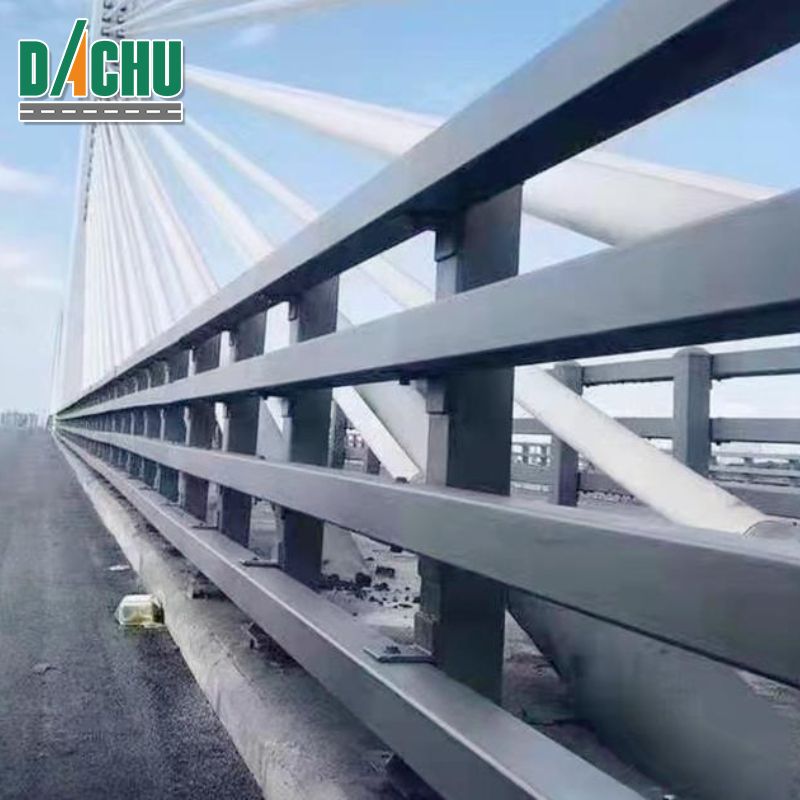


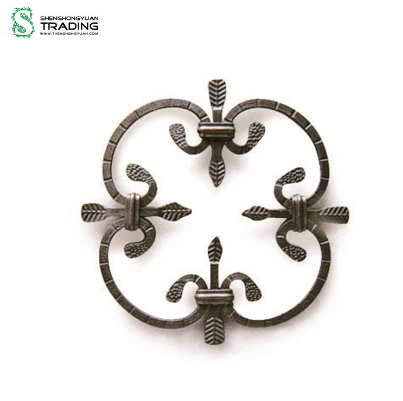
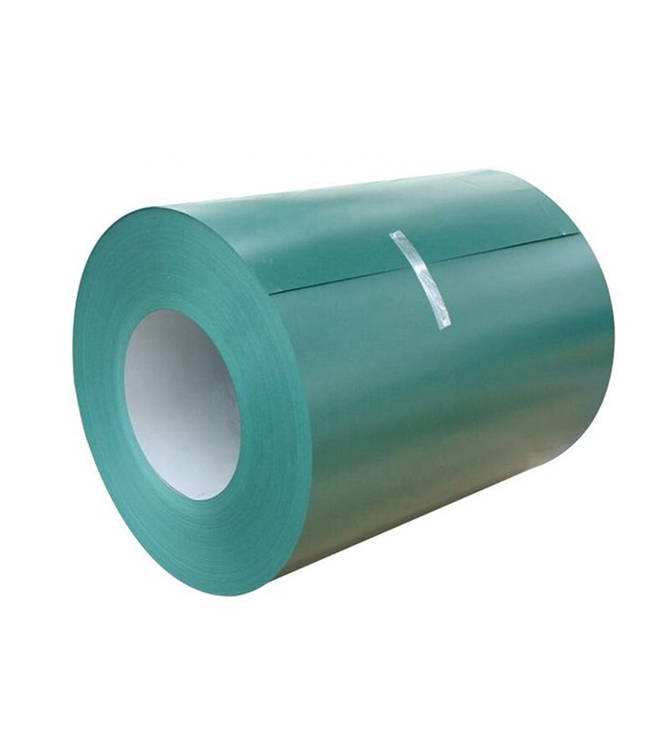
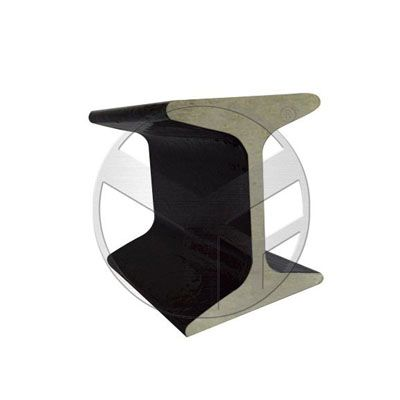
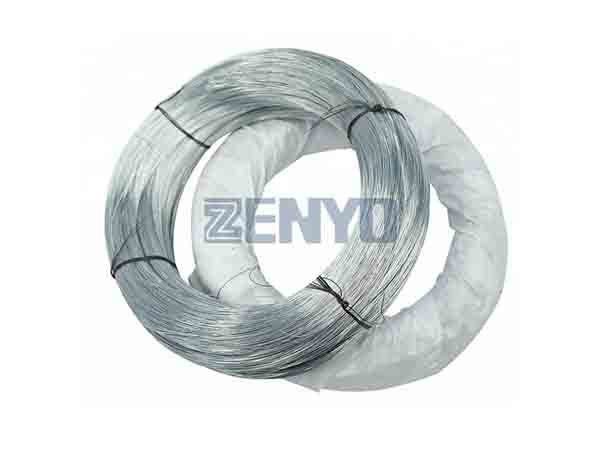
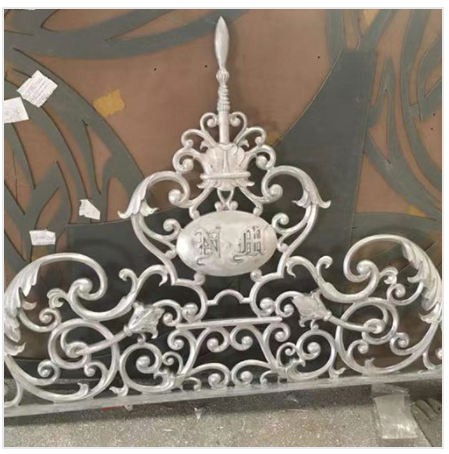
Comments
Please Join Us to post.
0